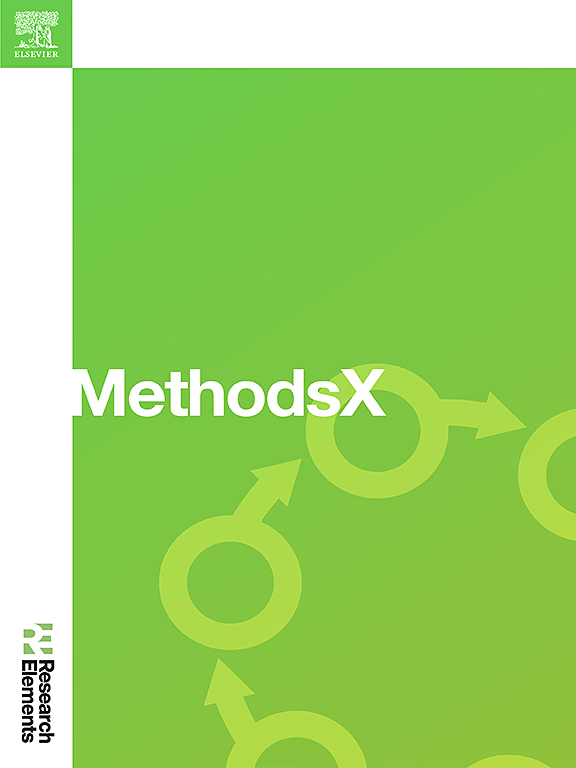从实验室到现实生活:压力监测可穿戴技术的三个阶段验证
IF 1.6
Q2 MULTIDISCIPLINARY SCIENCES
引用次数: 0
摘要
压力对健康有负面影响,会导致高血压、心血管疾病和免疫功能障碍。传统的诊断方法,如自我报告的问卷调查和基本的生理测量,往往缺乏有效压力管理所需的客观性和准确性,可穿戴设备为早期压力检测和管理提供了一个有前途的途径。本研究对用于应力监测的可穿戴技术进行了三个阶段的验证,从受控实验数据过渡到现实场景。利用控制的WESAD数据集,建立了二分类和五分类模型,最大准确率分别为99.78%±0.15%和99.61%±0.32%。心电图(ECG)、皮电活动(EDA)和呼吸(RESP)被确定为可靠的应激生物标志物。将验证扩展到代表实际数据的SWEET数据集,以确认其泛化性和实用性。此外,对支持这些模式的商用可穿戴设备进行了审查,为动态现实条件下的最佳配置提供了建议。这些发现表明,多模态可穿戴设备有潜力弥合对照研究和实际应用之间的差距,推进早期压力检测系统和个性化压力管理策略。•应力检测方法使用受控(WESAD)和现实(SWEET)数据集的多模态可穿戴数据进行验证。•回顾了商业可穿戴技术,为其在实际压力监测中的适用性提供了见解。本文章由计算机程序翻译,如有差异,请以英文原文为准。

From lab to real-life: A three-stage validation of wearable technology for stress monitoring
Stress negatively impacts health, contributing to hypertension, cardiovascular diseases, and immune dysfunction. While conventional diagnostic methods, such as self-reported questionnaires and basic physiological measurements, often lack the objectivity and precision needed for effective stress management, wearable devices present a promising avenue for early stress detection and management. This study conducts a three-stage validation of wearable technology for stress monitoring, transitioning from controlled experimental data to real-life scenarios. Using the controlled WESAD dataset, binary and five-class classification models were developed, achieving maximum accuracies of 99.78 %±0.15 % and 99.61 %±0.32 %, respectively. Electrocardiogram (ECG), Electrodermal Activity (EDA), and Respiration (RESP) were identified as reliable stress biomarkers. Validation was extended to the SWEET dataset, representing real-life data, to confirm generalizability and practical applicability. Furthermore, commercially available wearables supporting these modalities were reviewed, providing recommendations for optimal configurations in dynamic, real-world conditions. These findings demonstrate the potential of multimodal wearable devices to bridge the gap between controlled studies and practical applications, advancing early stress detection systems and personalized stress management strategies.
- •Stress detection methods were validated using multimodal wearable data in controlled (WESAD) and real-life (SWEET) datasets.
- •Commercial wearable technologies were reviewed, offering insights into their applicability for practical stress monitoring.
求助全文
通过发布文献求助,成功后即可免费获取论文全文。
去求助
来源期刊

MethodsX
Health Professions-Medical Laboratory Technology
CiteScore
3.60
自引率
5.30%
发文量
314
审稿时长
7 weeks
期刊介绍:
 求助内容:
求助内容: 应助结果提醒方式:
应助结果提醒方式:


